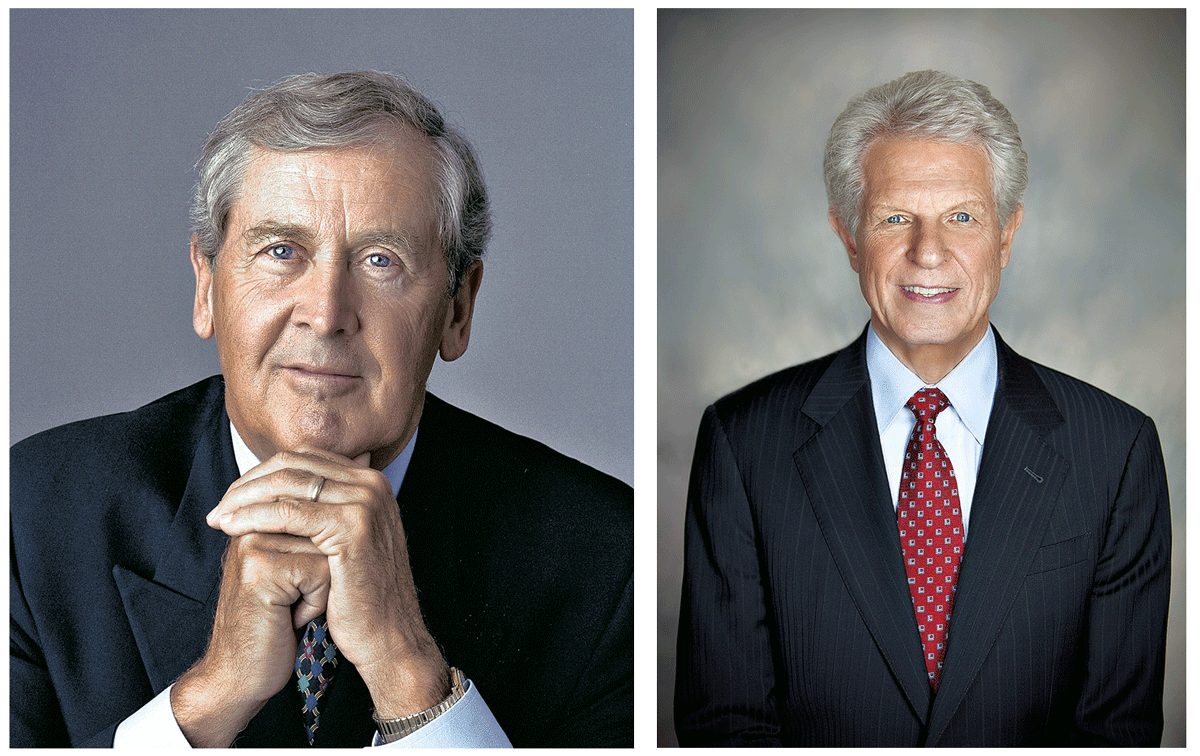The best brands make customers’ lives easier, more gratifying, and more meaningful.
Many people love to vacation by taking a cruise. But it wasn’t always that way. In the early 2000s, Royal Caribbean discovered through brand research that non-cruisers thought three types of people went on cruises: (1) the newly wed (honeymooners), (2) the overfed (sedentary people), and (3) the almost dead (retired people)! Many people didn’t perceive themselves as belonging to any of these categories. But in fact, there was a large market of people who wanted excitement, adventure, fun, and opportunities to see different places— benefits that were not typical of the cruise experience at the time. This untapped market of active adults was big and reachable through advertising and social media.
Further, competitors weren’t targeting this group, and even if they had been, they were unlikely to outcompete Royal Caribbean. Tapping this new market also fit Royal Caribbean’s goal of becoming a leader in the cruise industry, and they had the resources and competence to cater to it. A new target market for Royal Caribbean was born. To attract these customers, the cruise line made innovative design changes to their ships and added features like rock-climbing walls and ice-skating rinks. On-board and off-board activities emphasized what these users wanted. For example, its European cruise featured an off-board excursion to the Sistine Chapel, with reminders to customers to visit the on-board spa after a day of sightseeing.
While this insight would eventually drive their competitive advantage, first it was used to inform the brand positioning which defines what the brand promises its customers.
From Insight To Crafting A Brand Positioning Statement
A positioning statement and a mission statement are very similar. The major difference is that a positioning statement is directed at external customers while the mission statement is directed at employees. The mission statement is also more abstract. It’s not specific enough to guide how the brand is positioned to external customers. It doesn’t specify which set of marketing actions and tactics will bring the brand’s identity to life. When it comes to targeting external customers, the brand’s positioning statement serves as the guiding tool.
Components Of A Positioning Statement
A positioning statement is a short, internal document that distills what is known about the target market, the benefits its members seek, and ways to communicate and deliver these benefits. A positioning statement is the distillation of three strategic decisions. A positioning statement specifies:
1. The target market being pursued. It begins with the phrase “For target customers” followed by a description of the target market.
2. The brand’s identity, meaning the higher-order (abstracted) summary of core benefits that the brand offers. It begins with the phrase “Our brand offers” followed by a description of the higher-order summary of core benefits offered by the brand, including a tagline.
3. The marketing actions that make the brand identity real in the minds of target customers. It begins with the statement “In these ways”.
Good positioning statements help employees understand what the brand is and does, and why it should be attractive to customers. In short, they specify how brands can build brand trust, love, and respect (and brand admiration) among customers.
The following illustrates a potential positioning statement for the retailer Petco. It describes the target market (for target customers…), the brand’s identity (our brand offers … ), and how the brand’s identity is implemented (in these ways… ). This final implementation element is an often-neglected but critical component of a good positioning statement. Without considering this implementation element, employees are less clear about their roles and responsibilities in building brand admiration among customers.
Positioning Statement Example
Petco Target Market: For people who respect animal rights and love their pets as much as they do their children.
Petco Brand Promise: Petco nurtures pet health and happiness more completely throughout the life of one’s pet than the leading competitors (as captured by its tagline “ The Power of Together” ).
Petco Identity: (1) Enabling benefits: Offering nutritionally balanced Implementation pet foods with natural ingredients at affordable prices that contribute to the nourishment and health of pets throughout their lives (thus making the “ power of together” sustainable). (2) Enticing benefits: Offering communication, promotional events, and vivid packaging/logo elements that underscore the sense-pleasing and/or heartwarming appeal of “ the power of together.” (3) Enriching benefits: Building on “the power of together” by reflecting how pets have the ability to connect all living souls.
The implementation described in this positioning statement example does not include all the specific marketing activities that Petco may pursue for each of enabling, enticing, and enriching benefits.
Positioning statements require strategic thinking about each of three decisions; the target market, the brand identity, and the implementation. The strategic thinking involves the task of addressing customers’ needs more quickly and efficiently than competitors, thereby building brand admiration among customers.
Identifying The Target Market
When identifying the target market, brand managers should consider these three elements: (1) identifying need profiles of potential target markets, (2) choosing a target market, and (3) clarifying the chosen target market’s need profile.
Identifying Need Profiles Of Potential Target Markets
Potential markets are untapped markets whose needs are not fully met by existing brands. Customers’ needs can be described in terms of any of the four factors shown next. We use the term need profile to describe the target market’s needs on all four factors.
1. What benefits customers want from a product and why they want these benefits. Specifying not just the benefits customers are looking for but also why they want them is important because a given benefit can be linked to different customer needs. Customers may want a non-calorie soft drink because they want to avoid health problems, or because they don’t want to add calories to their diets, or because they believe that aspartame tastes bad. Specifying why customers want a particular benefit helps internal employees understand the mind-set of target customers and what motivates their purchases.
2. When they want these benefits. It’s possible that customers want certain benefits because they’re useful in specific situations. For example, customers might want a sports watch that allows them to listen to music when running. They may want automobile tires with a special grip for when it snows in winter.
3. Where they seek these benefits. For example, there might be an untapped market that wants a cafe-type cappuccino at home. They may want a bicycle that they can ride to the office. They may want to access and analyze critical data from anywhere.
4. How they want to use or experience benefits. For example, they may want to use medicine without having to struggle to open the bottle, drink coffee from a tetra pack rather than sitting down in a coffeehouse, or complete an MBA online rather than going to classes on campus.
When we specify customers’ need profiles based on each of the four factors, we are most likely to identify multiple potential target markets. Some might be combined to form a large and more inclusive potential market. Others may be dropped quickly from farther consideration, due to their impracticality. Royal Caribbean found an untapped market by considering these unmet benefits. In terms of what benefits, a sizable market wanted to feel enticed through action. They wanted fun and adventure. They wanted to learn something new (cognitive stimulation). They wanted to feel enriched by a status-enhancing trip that offered intellectual pursuits, fine dining, a spa, and the opportunity to connect with others in their general social circle. From the standpoint of when and where, they wanted these benefits during times of the year that might be different from those of the typical family traveler (enabling benefits). From the standpoint of how, they wanted benefits that would be delivered in a way that provided excitement and adventure (enticing benefit).
Addressing these four factors helped Royal Caribbean identify a wholly distinctive, underserved, and large potential target market.
Contributed to Branding Strategy Insider by: C. Whan Park, Deborah MacInnis and Andreas Eisingerich, excerpted from their book, Brand Admiration with permission from Wiley Publishing.
The Blake Project Can Help: The Brand Positioning Workshop
Branding Strategy Insider is a service of The Blake Project: A strategic brand consultancy specializing in Brand Research, Brand Strategy, Brand Licensing and Brand Education




